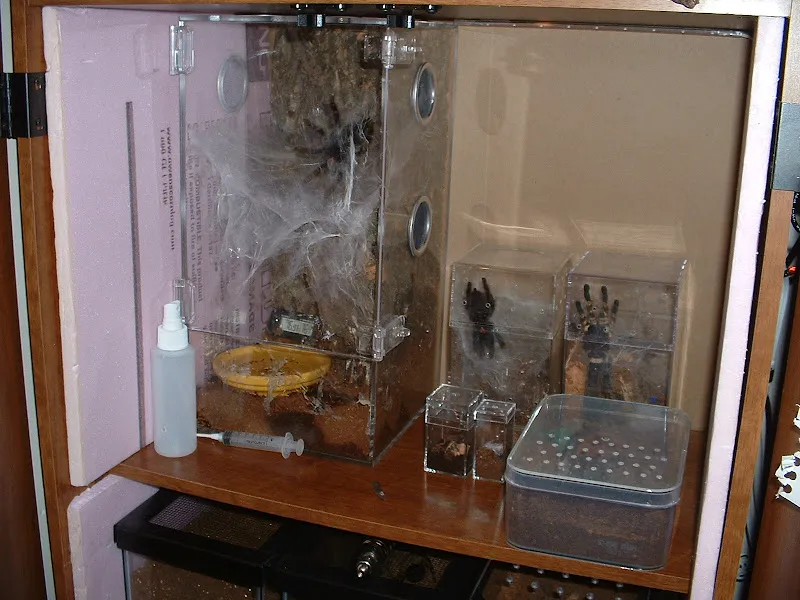Choosing the Right Heat Mat
Providing the correct temperature gradient is crucial for the health and well-being of your tarantula. A heat mat is a popular and effective way to achieve this within the enclosure. However, choosing the right heat mat is the first and arguably most important step. Several factors contribute to the selection process, including wattage, size, and overall quality. It is essential to understand these elements to create an ideal environment for your pet. Selecting the wrong heat mat can lead to various issues, from inadequate heating to potential dangers, which is why careful consideration is needed before purchase. This guide provides the essential knowledge to make the right choice.
Understanding Heat Mat Wattage
Wattage determines the heat output of your heat mat. A higher wattage mat generates more heat, which means it is more suitable for larger enclosures or colder environments. Conversely, a lower wattage mat is better suited for smaller enclosures or warmer rooms, as it reduces the risk of overheating. As a general rule, it is better to err on the side of a lower wattage, particularly for smaller enclosures, and control the temperature with a thermostat. Always research the specific needs of your tarantula species, as some require higher temperatures than others. Ignoring the wattage requirements can easily create an environment that is either too cold or excessively hot, which can cause considerable stress to the tarantula.
Heat Mat Size and Enclosure Compatibility
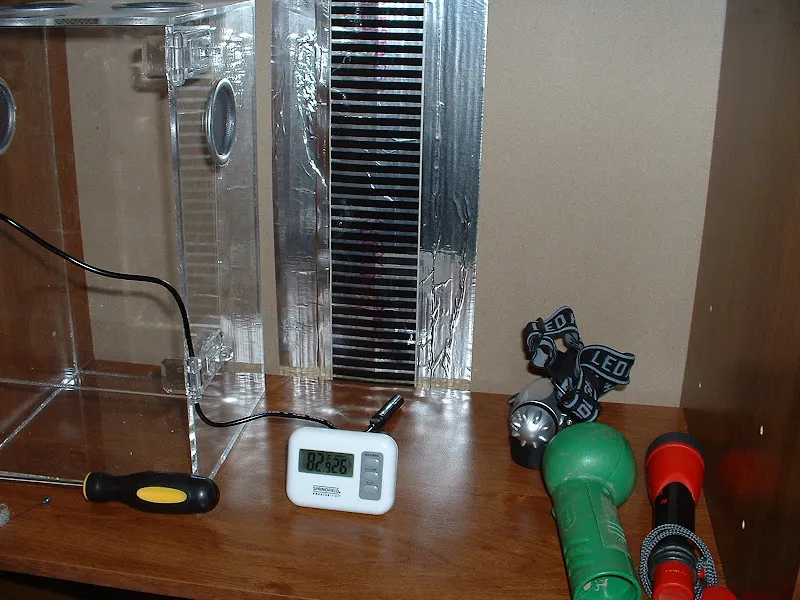
The size of the heat mat should correspond to the size of your tarantula’s enclosure. The heat mat should cover approximately one-third to one-half of the enclosure’s floor area. This placement creates a thermal gradient, allowing the tarantula to move to cooler areas if needed. A mat that is too large can overheat the enclosure, while one that is too small may not provide adequate heat. Before purchasing, measure the enclosure’s base to ensure the heat mat fits appropriately. Remember that the heat mat should be positioned outside of the enclosure, typically on the side or bottom, as direct contact can cause burns. Therefore, the size considerations should also account for the placement of the mat relative to the enclosure’s dimensions.
Placement of the Heat Mat
Proper placement is as critical as choosing the right heat mat. The objective is to create a suitable thermal gradient that allows your tarantula to regulate its body temperature. Incorrect placement can lead to inconsistent heating or potential hazards, which can harm your pet. Careful consideration of where to position the heat mat is therefore necessary to promote both safety and the overall well-being of your tarantula. Always remember that the placement guidelines are designed to mimic the natural environment of your tarantula, which helps the tarantula thrive within its enclosure.
Optimal Placement for Heat Distribution
The ideal placement for a heat mat is on the side or the bottom of the enclosure, depending on the material and construction. For glass or plastic enclosures, it’s usually best to place it on the side, allowing the heat to radiate through the substrate. If the enclosure has a false bottom, you might place the heat mat underneath, but ensure there’s a sufficient air gap to prevent overheating. Never place the heat mat inside the enclosure where the tarantula can come into direct contact. The main goal is to ensure the heat source is external and that the heat spreads evenly, creating the gradient. This careful approach guarantees the safety and comfort of your tarantula by preventing direct and potentially harmful contact.
Avoiding Direct Contact Risks
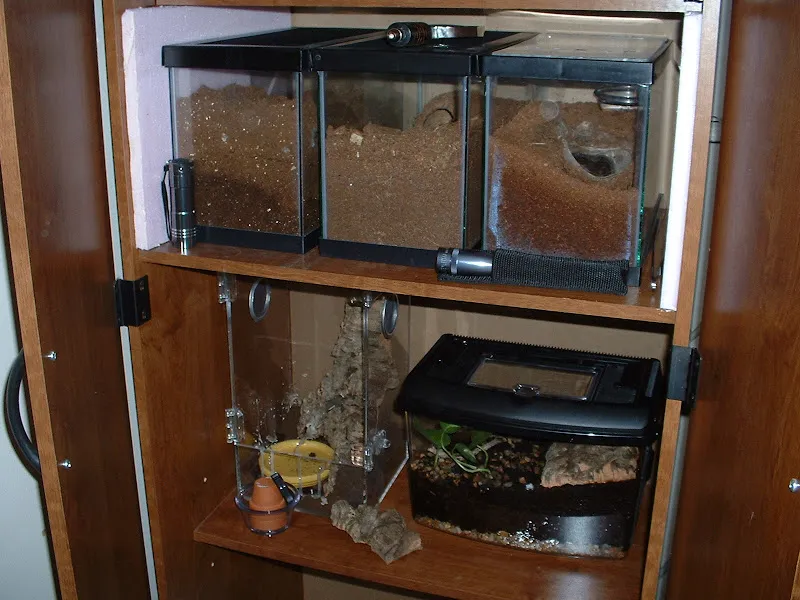
Direct contact with the heat mat can cause burns to your tarantula. Always place the heat mat outside the enclosure, and ensure it is securely attached to the side or bottom. Avoid any setup where the tarantula can access the heat mat directly. If you are using a substrate, make sure it does not compress the heat mat and prevent air circulation. Additionally, regularly check for any damage to the mat or enclosure that could lead to direct contact. Following these precautions is essential to prevent accidents and to create a safe and comfortable environment for your tarantula to thrive, free from the risk of injury.
Temperature Regulation and Monitoring
Maintaining the correct temperature is crucial for the health of your tarantula. Tarantulas are ectothermic, meaning they rely on external heat sources to regulate their body temperature. Therefore, you must carefully control and monitor the temperature within the enclosure. Both temperature regulation and monitoring are vital aspects of responsible tarantula care, ensuring that the environment is neither too hot nor too cold, which can lead to serious health issues.
Using a Thermostat for Accurate Control
A thermostat is highly recommended for precise temperature control. A thermostat regulates the heat output of the heat mat and prevents overheating. Connect the heat mat to the thermostat and place the temperature probe inside the enclosure to monitor the temperature. Set the thermostat to the appropriate temperature range for your tarantula species. Regularly check the temperature readings and adjust the thermostat as needed. Using a thermostat will ensure the stability of the enclosure’s temperature, which is critical to the overall well-being of your tarantula. This device gives you control over the heat mat, providing a safety net for your pet.
Regular Temperature Checks
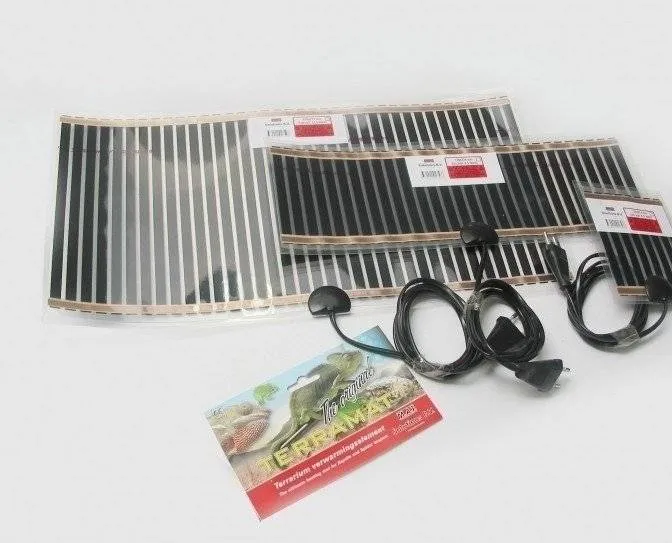
Even with a thermostat, it is essential to check the temperature regularly. Use a digital thermometer to monitor the enclosure’s temperature at various points, including the warm and cool sides. These regular checks will identify any discrepancies and allow you to make necessary adjustments promptly. It is important to ensure that the temperature gradient is appropriate for your tarantula species. Regularly checking the temperature helps you to maintain a stable and suitable environment for your tarantula, as environmental fluctuations could stress the animal. This ongoing monitoring will contribute to the health and longevity of your pet.
Substrate and Enclosure Considerations
The substrate and the enclosure itself also play a critical role in managing the temperature within your tarantula’s habitat. The type of substrate and the overall enclosure design influence how heat is retained and distributed. Understanding these aspects will help you create a stable and comfortable environment for your pet. The goal is to create an environment which mimics the natural habitat of the species, supporting their well-being.
Impact of Substrate on Heat Retention
The substrate you choose significantly impacts the heat retention within the enclosure. Substrates like coconut fiber or peat moss retain heat well, creating a more stable temperature. Deeper substrates also provide better insulation. However, the substrate should not be packed too tightly, as it could restrict air circulation. It is crucial to research the best substrate for your specific tarantula species and consider its impact on temperature regulation. The choice of substrate will directly affect how effectively the heat mat functions and maintains the desired thermal gradient within the enclosure. Keep in mind that the substrate should also be safe and non-toxic.
Ventilation within the Enclosure
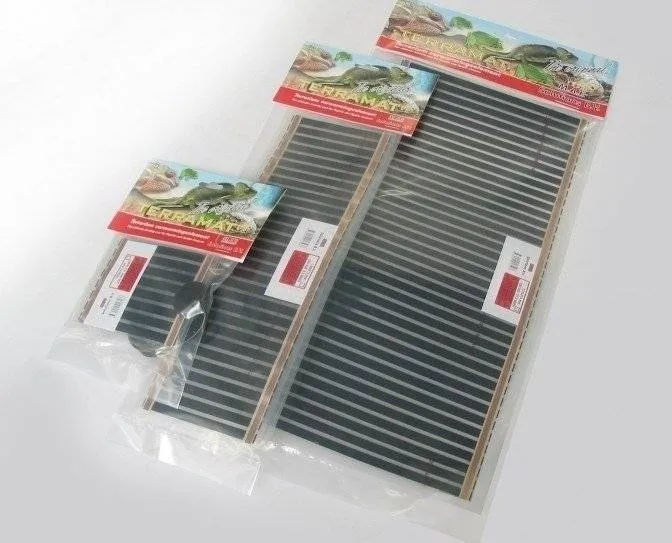
Proper ventilation is essential to prevent the buildup of humidity and maintain air quality. Ensure that the enclosure has adequate ventilation holes or a screened top. Good airflow prevents mold growth and maintains optimal humidity levels, which are essential for your tarantula’s health. When using a heat mat, ventilation helps to prevent overheating. Regular checks of the enclosure’s ventilation system will ensure a stable environment for your tarantula. Additionally, it ensures a balance between temperature and humidity. Always make sure that the ventilation is adequate for the species you are keeping to prevent issues such as respiratory problems.
Safety Precautions and Maintenance
Implementing safety precautions and regularly maintaining your heat mat setup is crucial to the long-term health of your tarantula. This is not only to prevent overheating, but also to ensure the longevity of your equipment. Regular maintenance and the adoption of safe practices contribute to a secure and comfortable environment, which will help your tarantula thrive.
Preventing Overheating
Overheating can be detrimental to your tarantula. Always use a thermostat to regulate the temperature, and monitor it regularly. Do not place the heat mat directly inside the enclosure where the tarantula can come into contact. Provide a thermal gradient, allowing the tarantula to move to cooler areas if necessary. Ensure proper ventilation to prevent excessive heat buildup. These measures will help to prevent overheating, which can cause stress, illness, and even death for your tarantula. A proactive approach to temperature management is key.
Regular Heat Mat Inspections
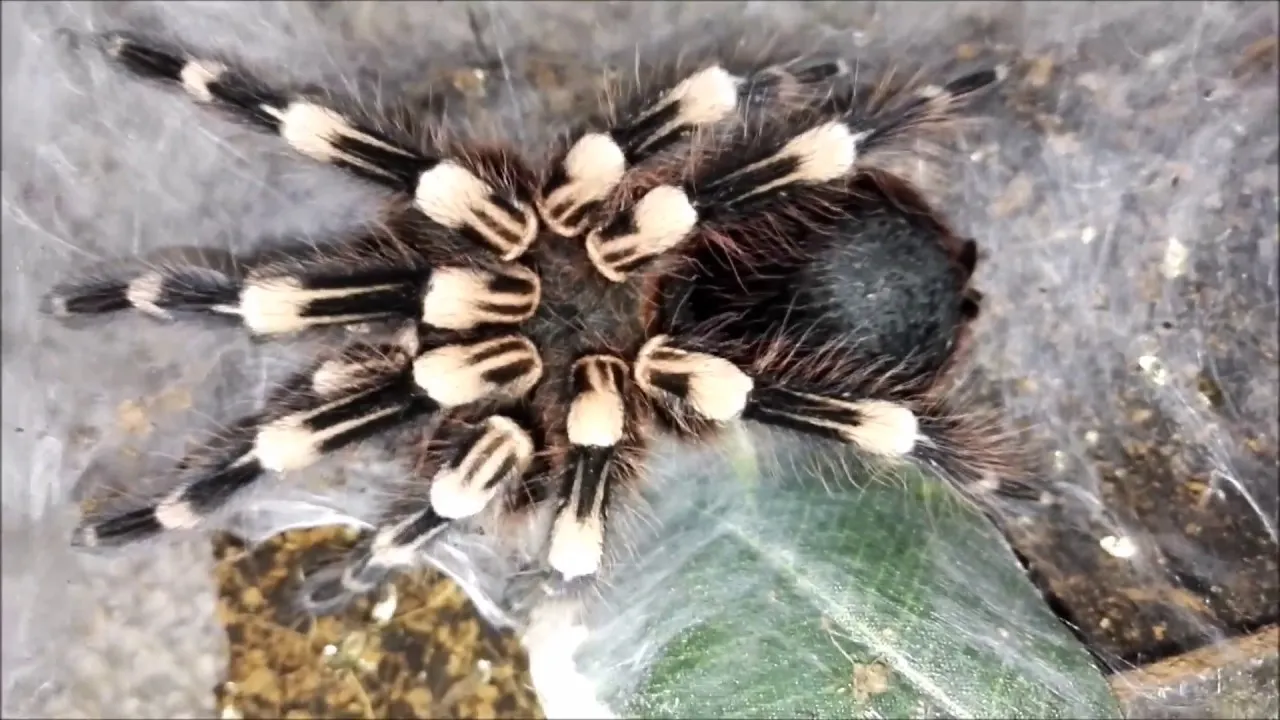
Regularly inspect your heat mat for any signs of damage, such as cracks or exposed wires. Ensure that the power cord and connections are in good condition. Always unplug the heat mat before cleaning or inspecting it. Replace the heat mat immediately if any damage is detected. Regular inspections are essential to ensure the safety of your tarantula and to prevent potential hazards. By maintaining your equipment and following these safety guidelines, you can create a safe and comfortable environment for your pet.
In conclusion, setting up a heat mat for your tarantula requires careful planning and attention to detail. Choosing the right heat mat, understanding its placement, regulating temperature, and ensuring safety are all essential steps in creating a healthy and thriving environment for your pet. By following the tips in this guide, you can provide your tarantula with the ideal conditions it needs to live a long and happy life. Remember that responsible pet ownership includes continuous learning and adapting to meet your pet’s needs. Your dedication to their care will not only ensure their survival but also enhance your enjoyment of their unique presence.
